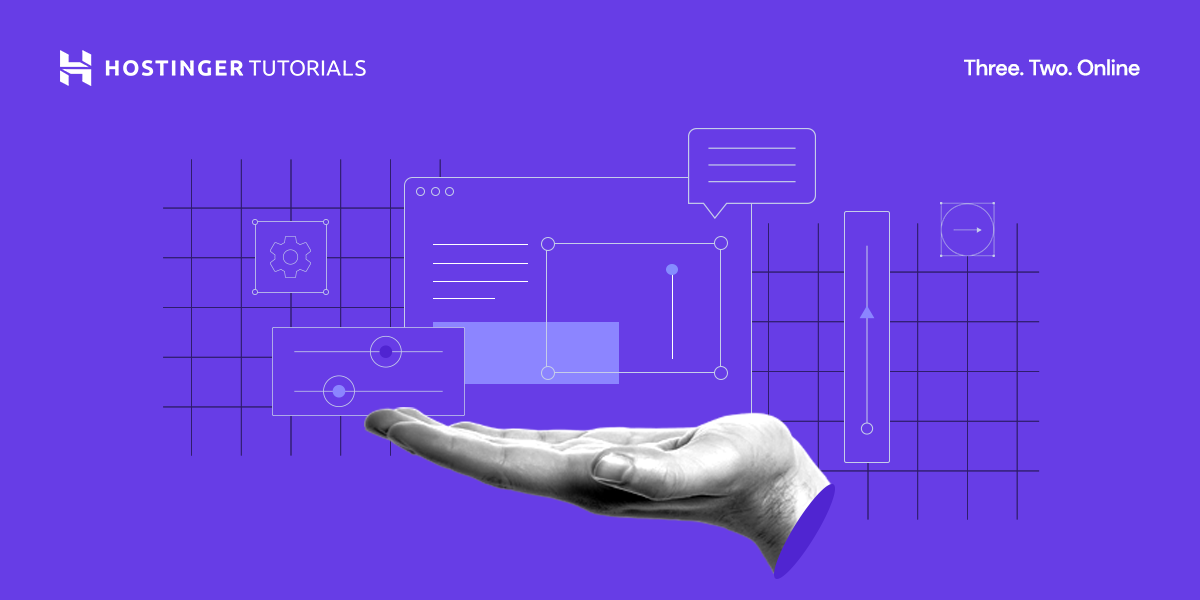Are You Prepared for a Data Disaster?
Have you ever stopped to consider what would happen if your business suddenly lost all of its critical data? Are you prepared for a data disaster that could potentially result in significant downtime, loss of revenue, and damage to your reputation? In today’s digital age, having a solid backup and disaster recovery plan in place is crucial for the survival of any business.
Understanding the Importance of Backup and Disaster Recovery
Implementing an advanced backup and disaster recovery plan is not just an option for businesses anymore – it’s a necessity. By having a comprehensive backup and disaster recovery plan, you can ensure that your critical data is protected and that your business can quickly recover from any unforeseen events.
What is Backup and Disaster Recovery?
Backup and disaster recovery (BDR) is a strategy that involves making duplicate copies of your important data and storing them in a secure location. In the event of a data loss or disaster, such as a cyber attack or natural disaster, you can easily recover your data from these backups.
Having a solid backup and disaster recovery plan in place is like having an insurance policy for your data – it gives you peace of mind knowing that your business can continue to operate even in the face of adversity.
Key Components of an Advanced Backup and Disaster Recovery Plan
An advanced backup and disaster recovery plan consists of several key components that work together to ensure the security and availability of your data.
Regular Data Backups
Regular data backups are essential for any backup and disaster recovery plan. By backing up your data on a regular basis, you can minimize the risk of data loss and ensure that you always have access to the most up-to-date information.
Make sure to establish a backup schedule that meets the needs of your business. Some organizations may need to back up their data multiple times a day, while others may only need to do so once a week.
Offsite Data Storage
Storing your backup data offsite is crucial for protecting your data in the event of a localized disaster, such as a fire or flood. By storing your backups in a secure offsite location, you can ensure that your data is safe and accessible even if your primary location is compromised.
Consider using a cloud-based backup solution for offsite data storage. Cloud backups are secure, scalable, and easy to access from anywhere with an internet connection.
Data Encryption
Data encryption is a critical component of any backup and disaster recovery plan. By encrypting your backup data, you can protect it from unauthorized access and ensure that your sensitive information remains confidential.
Make sure to use strong encryption algorithms and encryption keys to secure your data. Regularly review and update your encryption protocols to stay ahead of potential security threats.
Implementing an Advanced Backup and Disaster Recovery Plan
Now that you understand the importance of backup and disaster recovery, it’s time to implement an advanced plan for your business. Here are some steps you can take to get started:
Assess Your Data Storage Needs
Start by assessing your data storage needs and determining how much data you need to back up. Consider the types of data you have, where it is located, and how often it changes.
Create a data inventory that lists all of your critical data and categorizes it based on its importance and accessibility. This will help you prioritize your backup efforts and ensure that you are protecting your most valuable information.
Develop a Backup Strategy
Once you have assessed your data storage needs, it’s time to develop a backup strategy that meets the unique requirements of your business. Consider factors such as data volume, retention period, and recovery time objectives when designing your backup plan.
Choose a backup solution that aligns with your business goals and budget. Whether you opt for on-premises backups, cloud backups, or a hybrid approach, make sure that your backup solution is reliable, scalable, and easy to use.
Test Your Backups Regularly
Testing your backups regularly is essential for ensuring that your data recovery plan is effective. Schedule regular backup tests to verify the integrity of your backups and ensure that you can successfully recover your data in the event of a disaster.
Test different scenarios, such as data corruption, hardware failure, and accidental deletion, to simulate real-world backup and recovery situations. Document the results of your backup tests and make any necessary adjustments to your backup plan.
Train Your Staff
In addition to testing your backups, it’s important to train your staff on your backup and disaster recovery procedures. Make sure that everyone in your organization understands their role in the event of a data disaster and knows how to access and restore backup data.
Provide training on best practices for data backup, including how to identify and report potential data loss incidents. Regularly review your backup and disaster recovery procedures with your staff to ensure that everyone is prepared for an emergency.
Monitor and Maintain Your Backup System
Once you have implemented your backup and disaster recovery plan, it’s important to monitor and maintain your backup system on an ongoing basis. Regularly review your backup logs, storage capacity, and performance metrics to identify any potential issues and address them proactively.
Update your backup software and hardware as needed to ensure that your backup system remains secure and reliable. Perform regular maintenance tasks, such as cleaning your backup devices and testing your backup power supply, to keep your system running smoothly.
Conclusion
In conclusion, implementing an advanced backup and disaster recovery plan is essential for protecting your critical data and ensuring the continuity of your business. By following the key components of a solid backup and disaster recovery plan and taking proactive steps to implement and maintain your plan, you can safeguard your data against unforeseen events and minimize the impact of a data disaster on your business.
Remember, it’s not a matter of if a data disaster will occur, but when. Be prepared by implementing an advanced backup and disaster recovery plan that meets the unique needs of your business and ensures the security and availability of your data.










